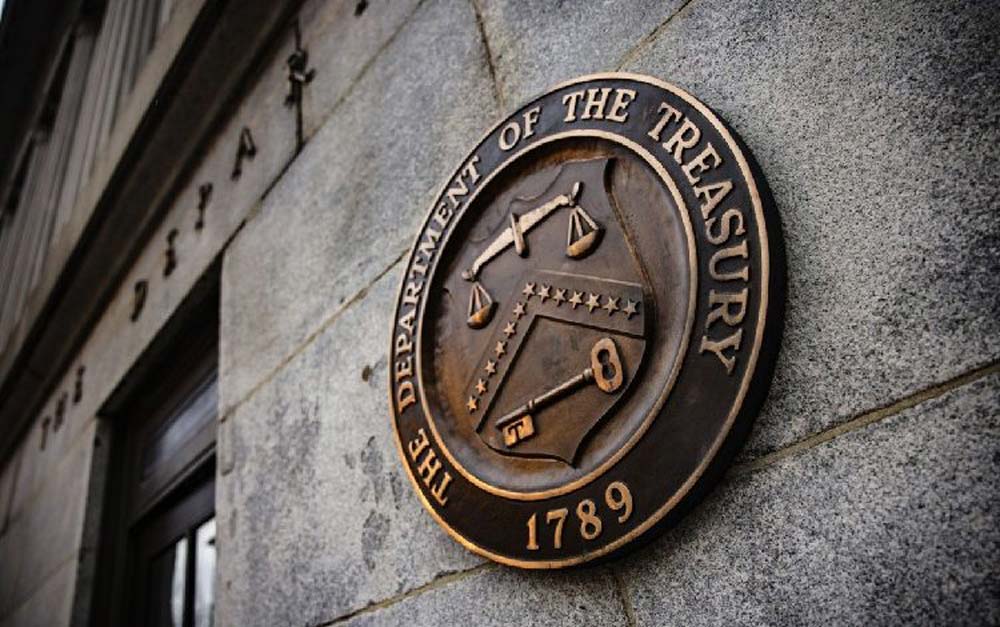U.S. Treasury yields slipped on Tuesday, pulling back from closely-watched levels as traders evaluated the Federal Reserve’s potential policy decisions for the remainder of the year. The retreat follows a surge that saw the 30-year Treasury yield briefly surpass the critical 5% mark.
Key Yield Movements
The 30-year Treasury yield fell by 1 basis point to 4.927% after crossing the 5% threshold on Monday, a level that had garnered considerable attention in financial markets. Meanwhile, the 10-year Treasury yield declined by 2 basis points to 4.457%, and the 2-year Treasury yield eased to 3.962%.
This adjustment comes after the 10-year yield topped 4.5% at the start of the week. It is important to note that one basis point equals 0.01%, and yields move inversely to bond prices.
Moody’s Downgrades U.S. Credit Rating
Adding to the market dynamics, Moody’s downgraded the U.S. credit rating from Aaa to Aa1 last Friday, following similar moves by S&P Global Ratings in 2011 and Fitch in 2023. While this downgrade is a notable development, Vishnu Varathan, head of macro research at Mizuho Securities, described it as “inconsequential” for markets in the near term.
“The liquidity and collateral value of U.S. Treasurys remain intact, and there is no immediate threat of significant market disruptions,” Varathan noted in a research note. Moreover, the absence of viable triple-A-rated alternatives ensures the U.S. Treasury’s continued dominance as a reserve asset.
Federal Reserve Signals a Possible Rate Cut
The Federal Reserve’s outlook on interest rates is also influencing market sentiment. Atlanta Federal Reserve President Raphael Bostic said that he anticipates just one rate cut in 2025, a more conservative stance compared to the central bank’s March projections of two 25-basis-point cuts.
Bostic explained that the unexpected impact of tariffs introduced earlier this year has led to a more cautious approach. In April, President Donald Trump implemented “reciprocal tariffs” targeting foreign trade partners, which initially stoked fears of financial panic and higher consumer borrowing costs. However, the administration scaled back the most aggressive measures to alleviate market pressure.
Market Implications
While the Moody’s downgrade and the Federal Reserve’s cautious stance may dampen market optimism in the short term, analysts believe the broader recovery remains intact. The downgrade is unlikely to disrupt liquidity or force a significant liquidation of U.S. Treasurys, which continue to undergird the global financial system as a key reserve asset.











